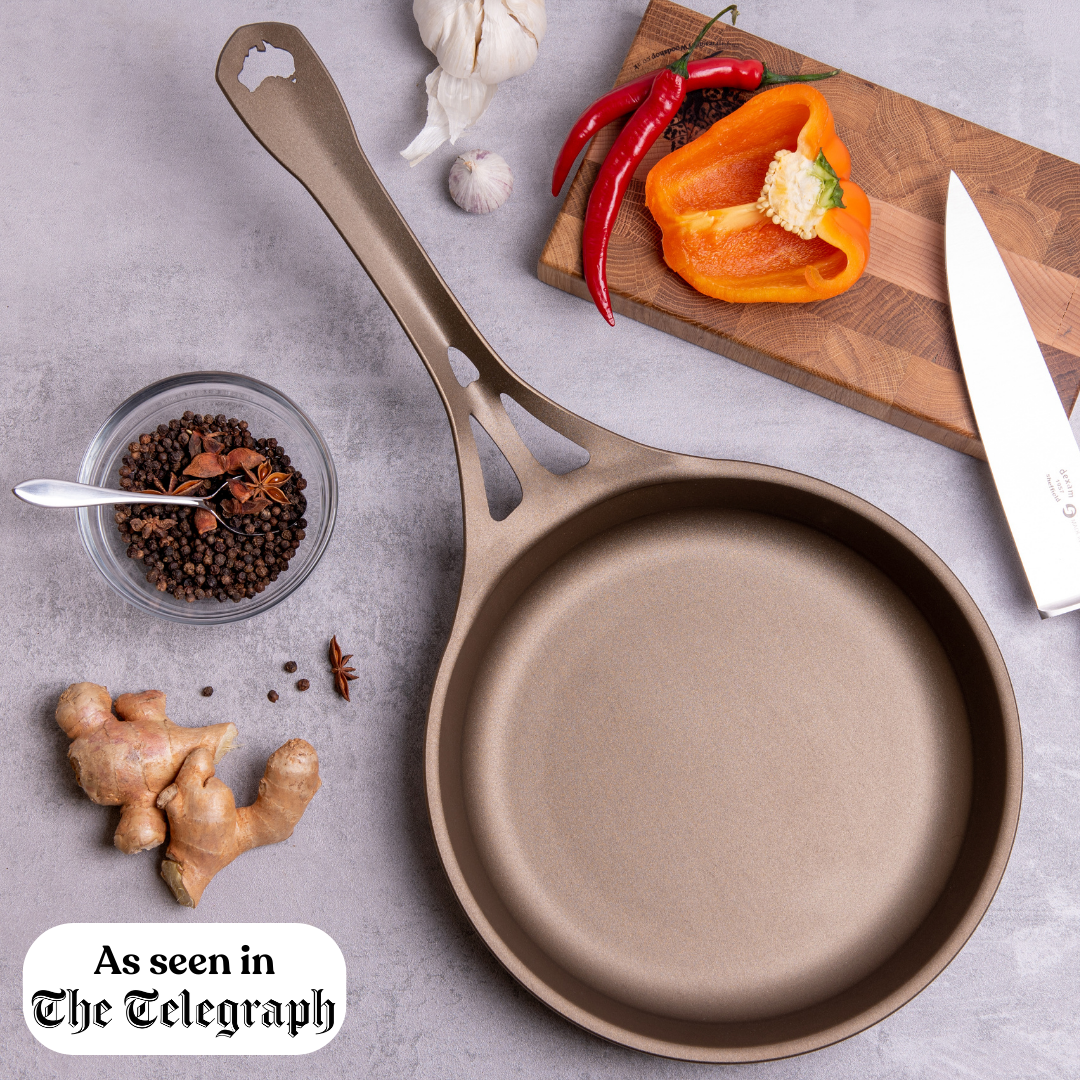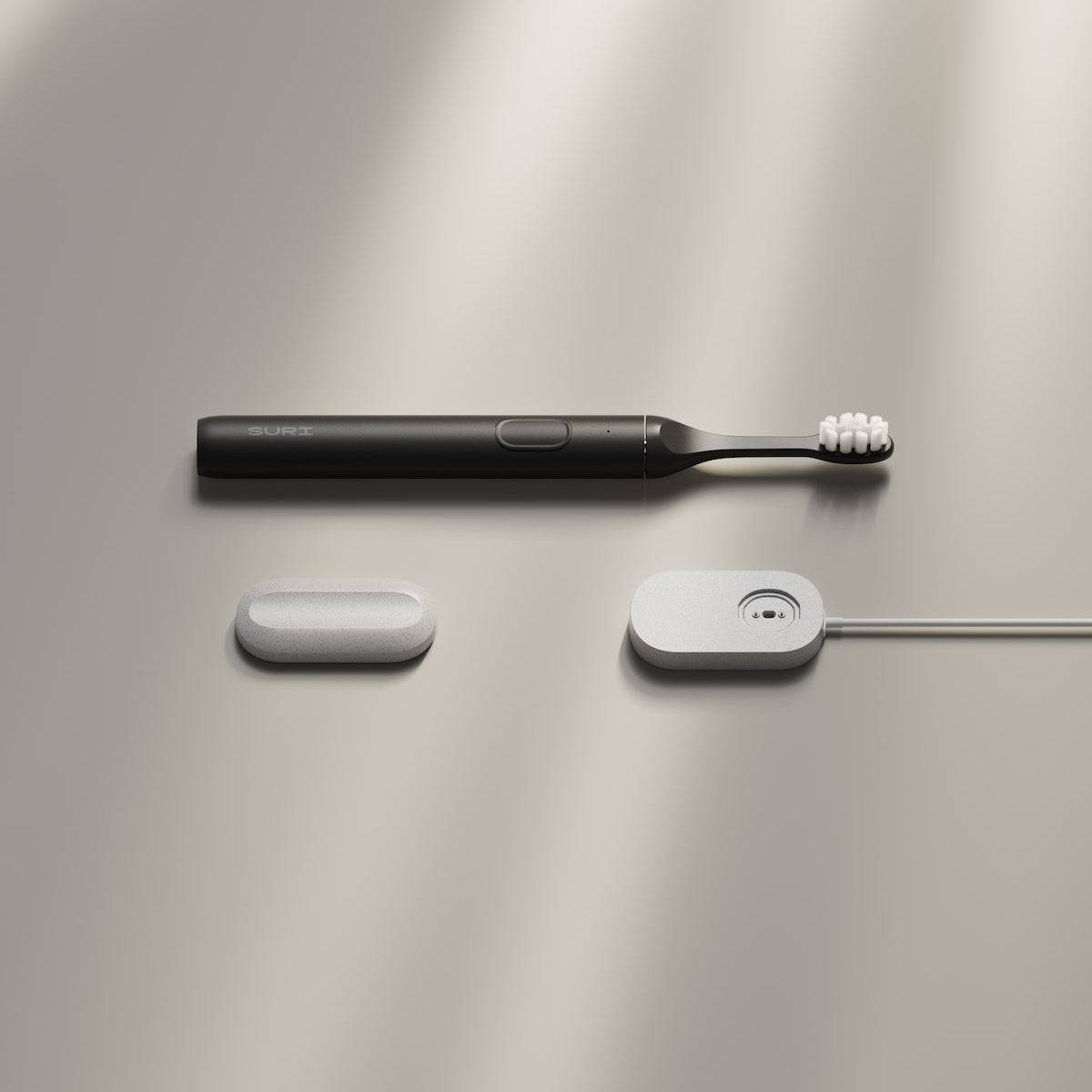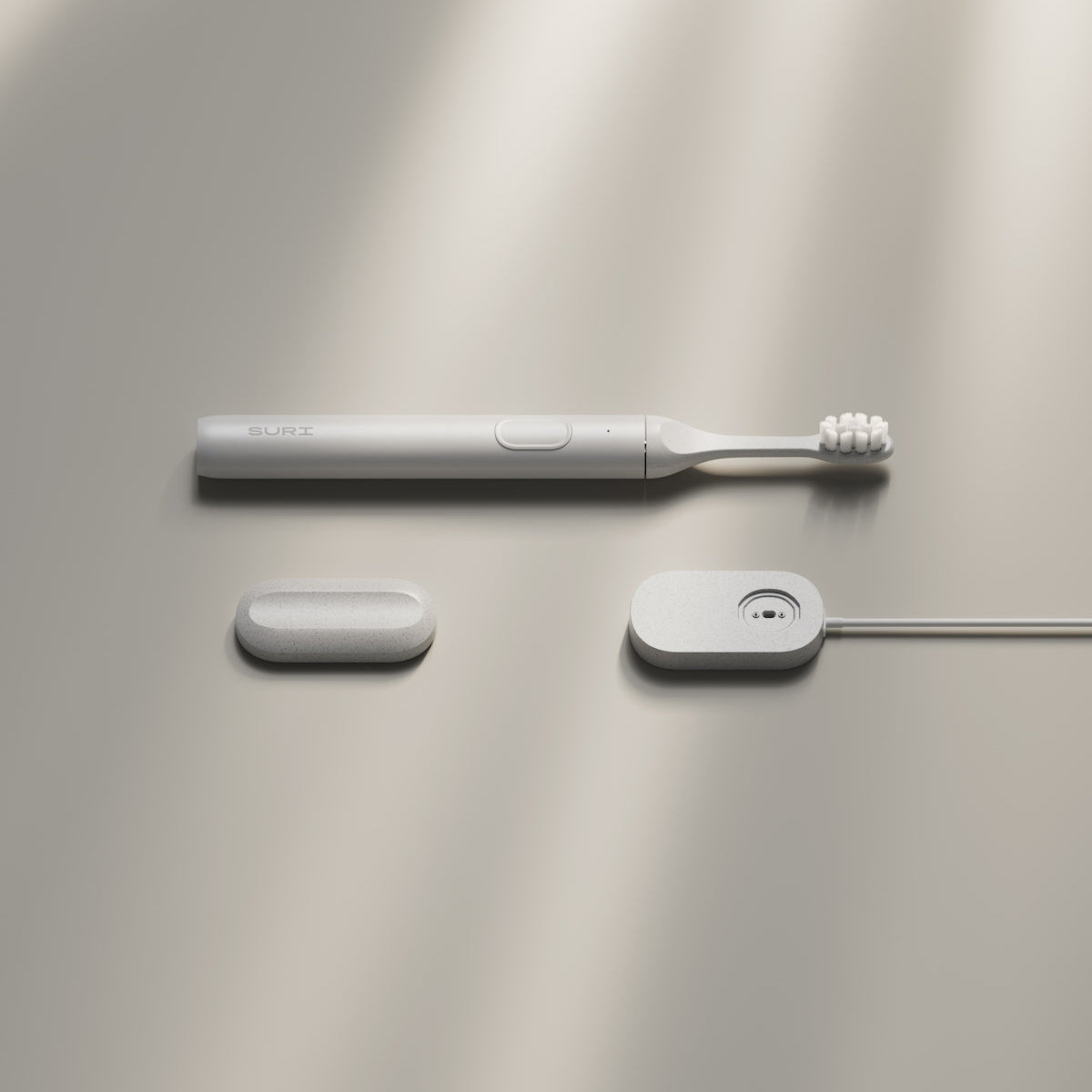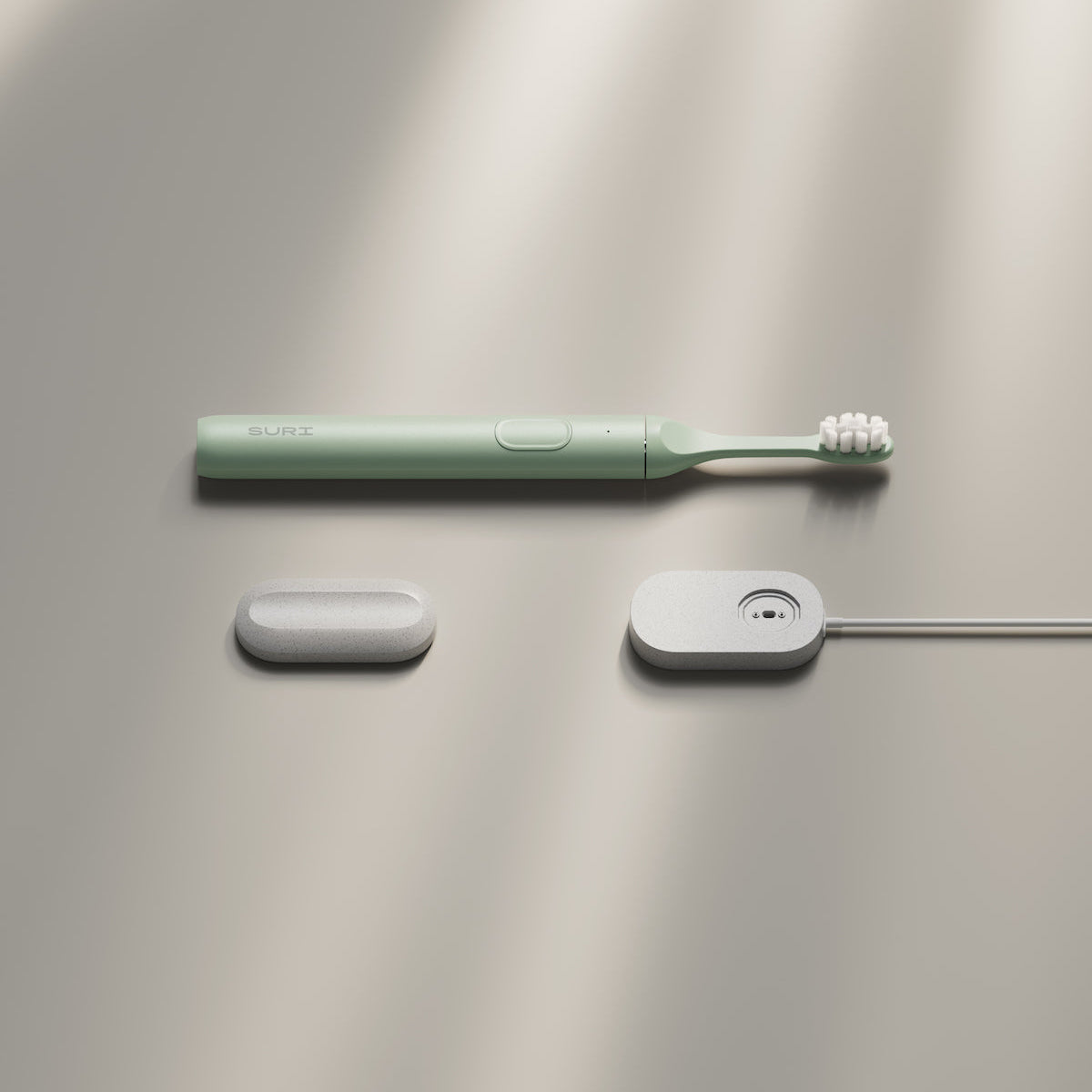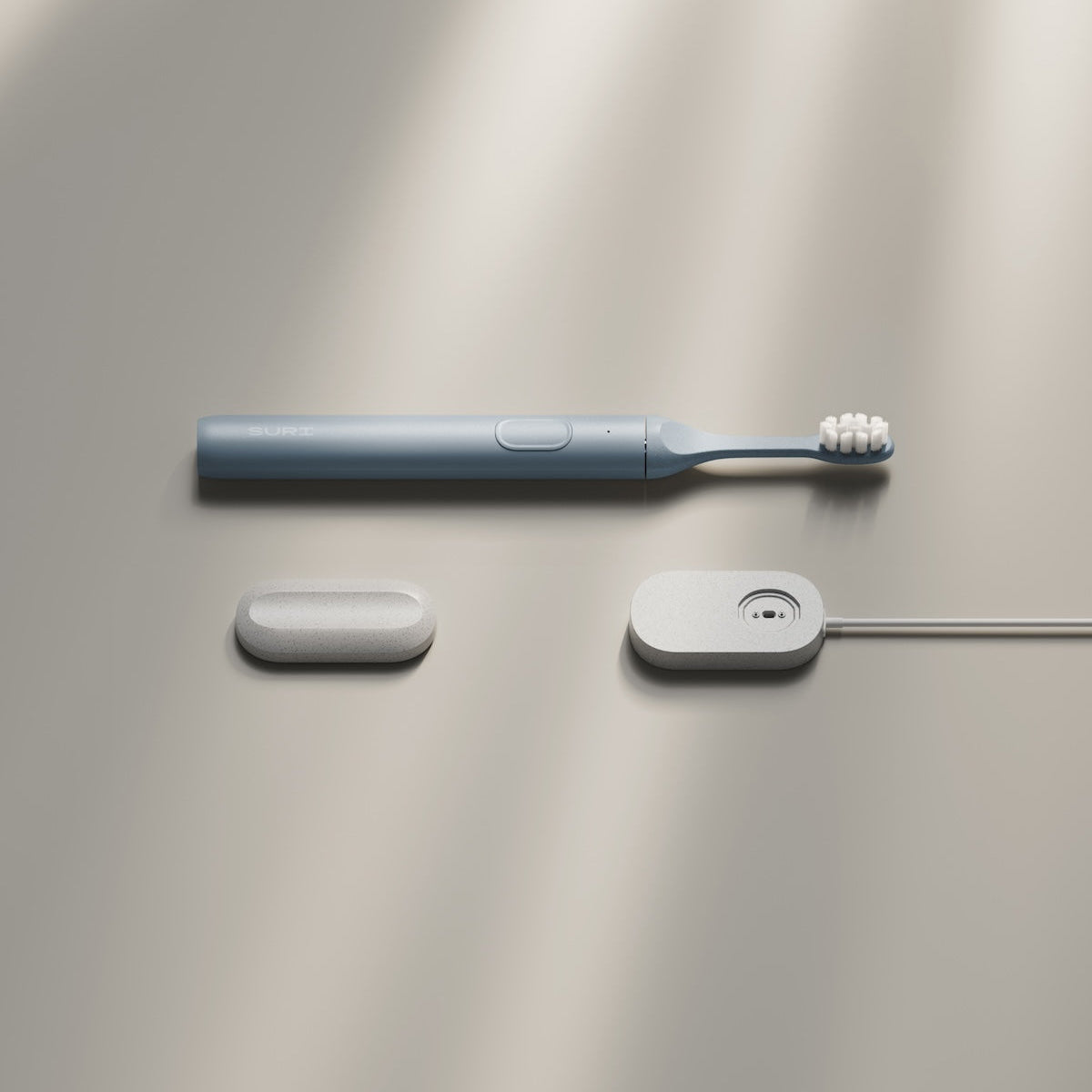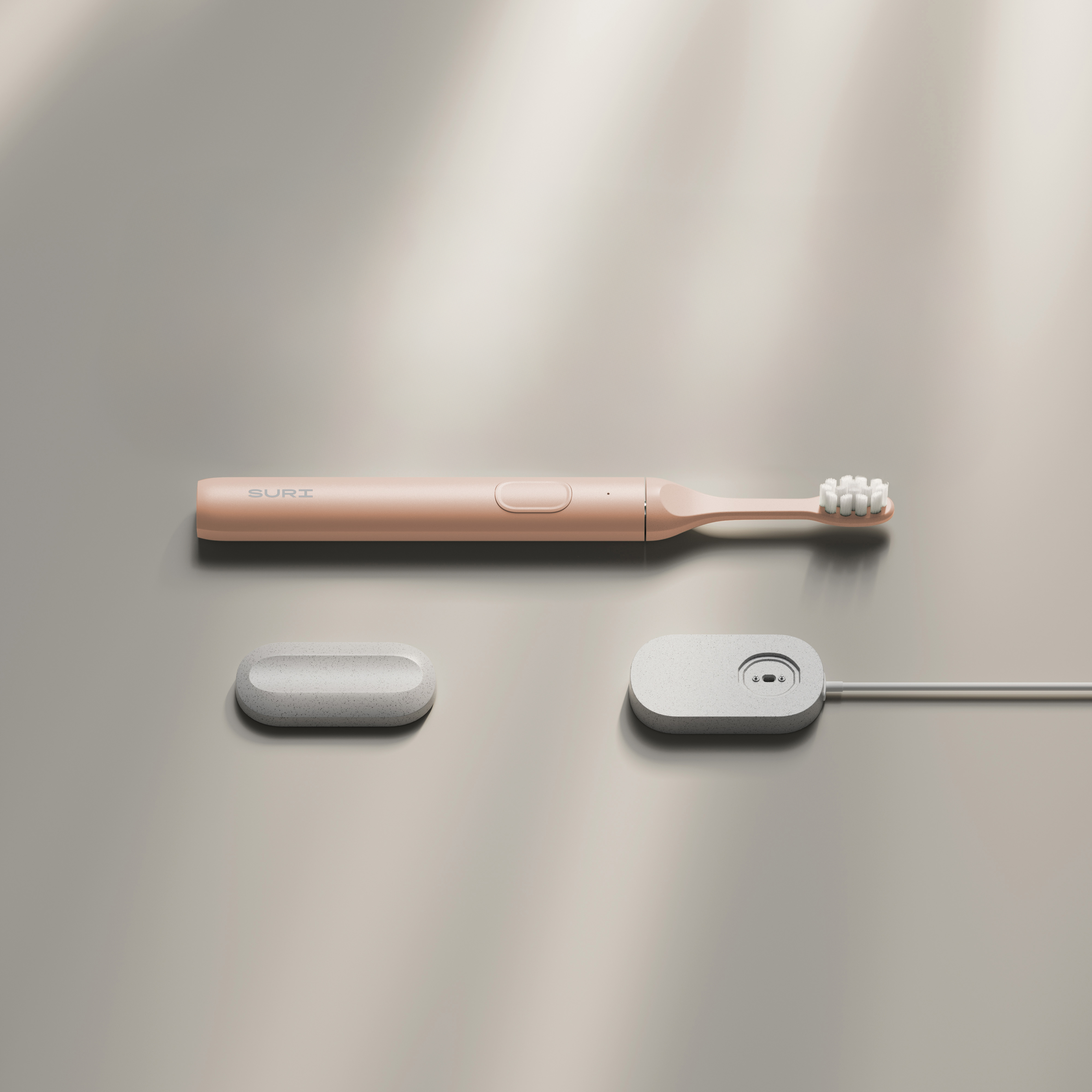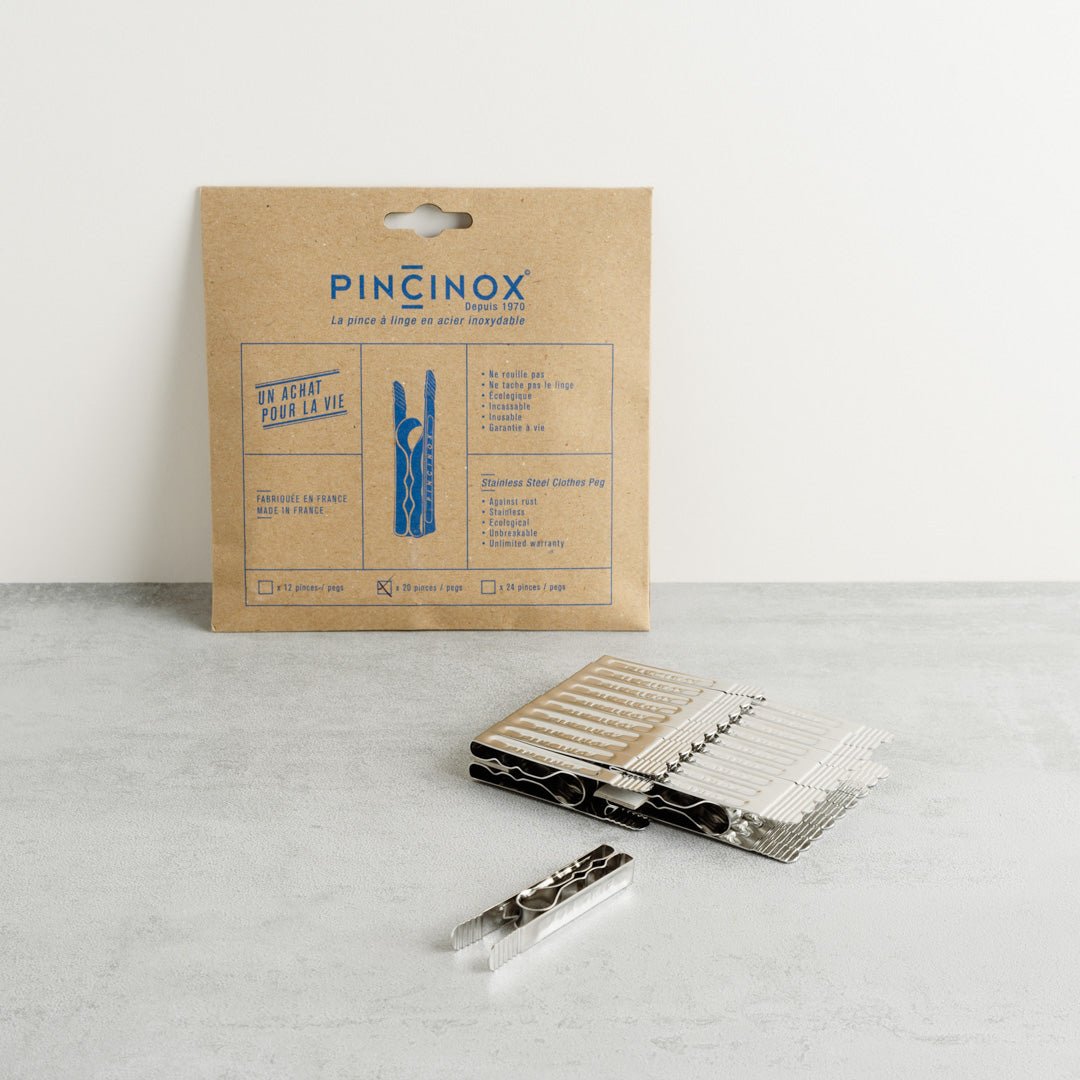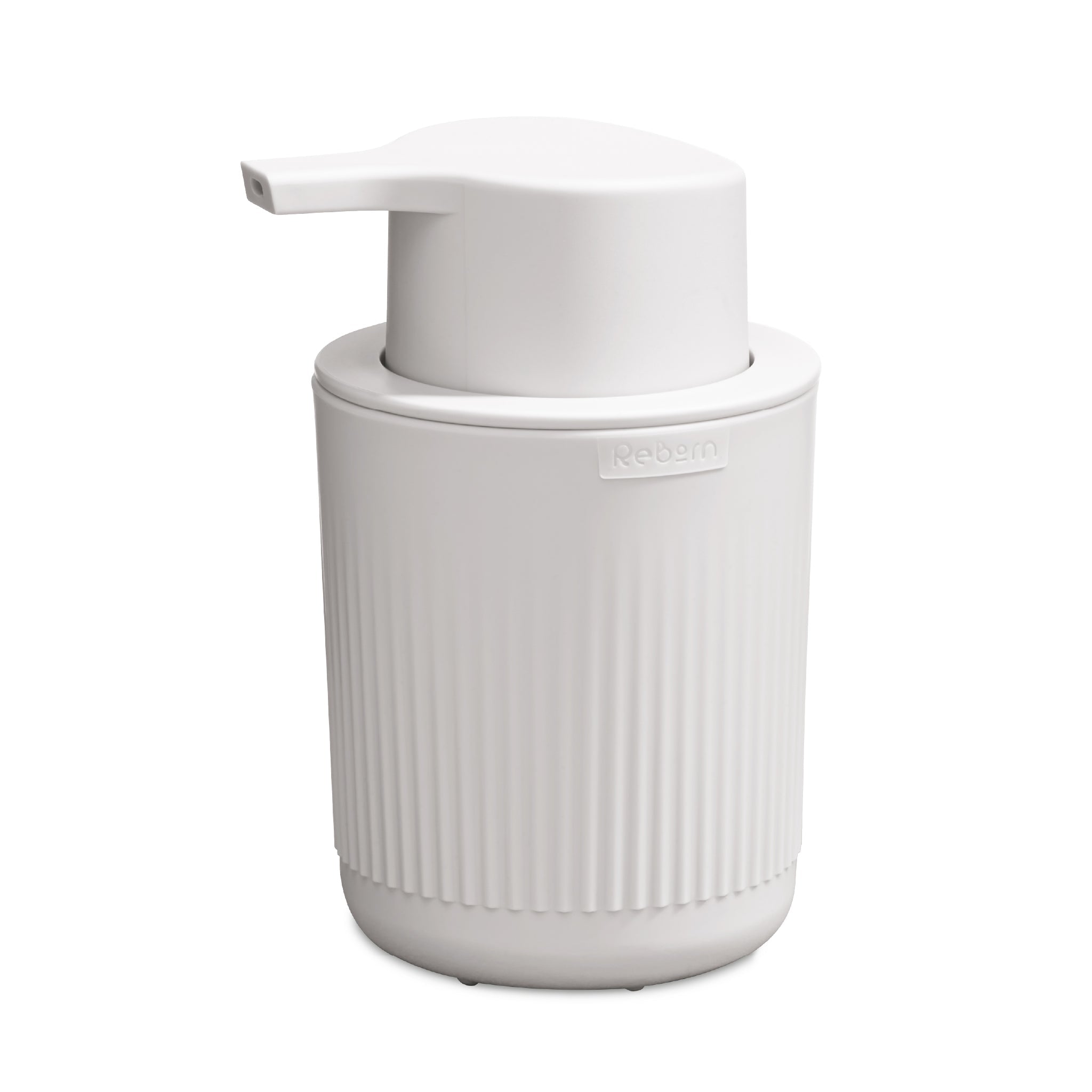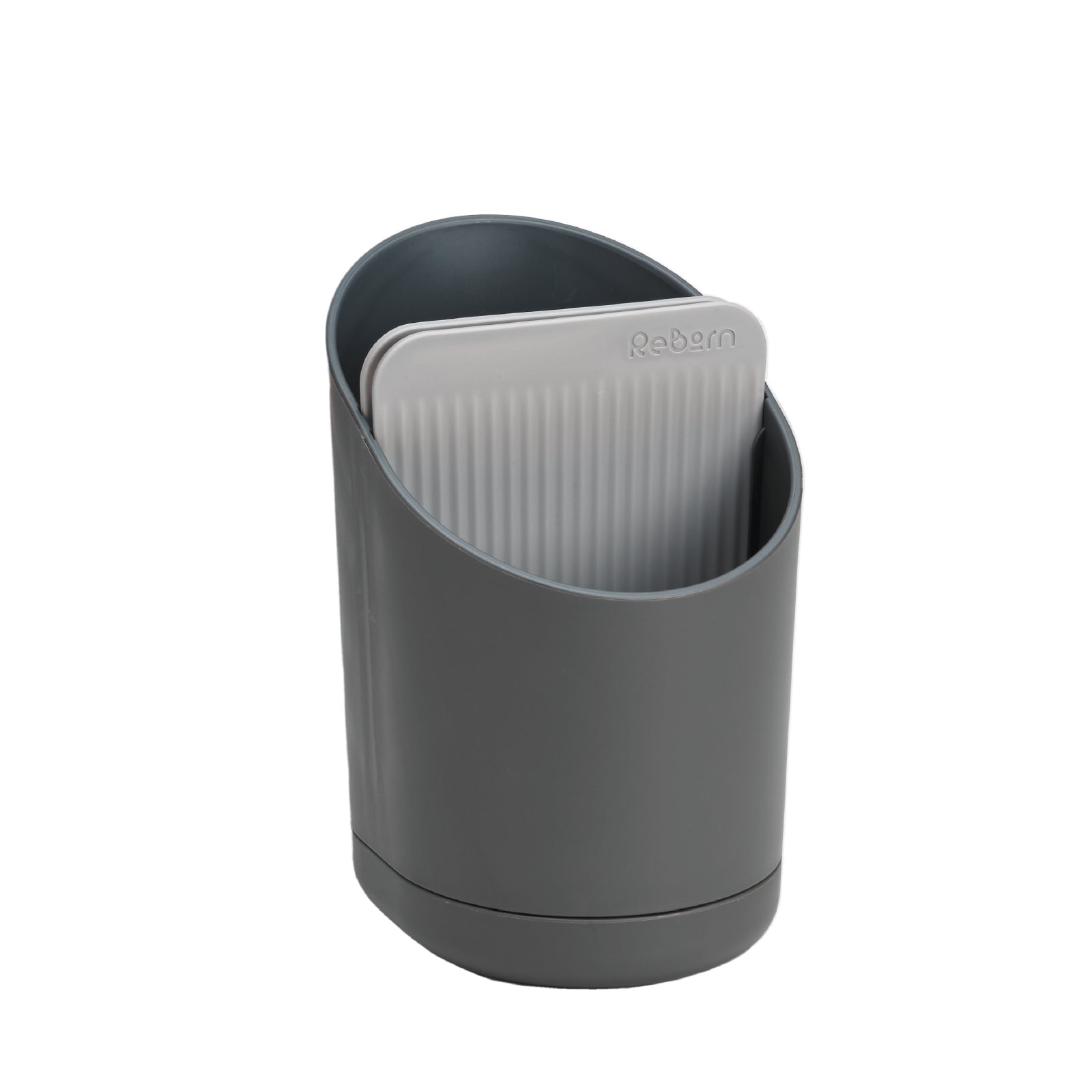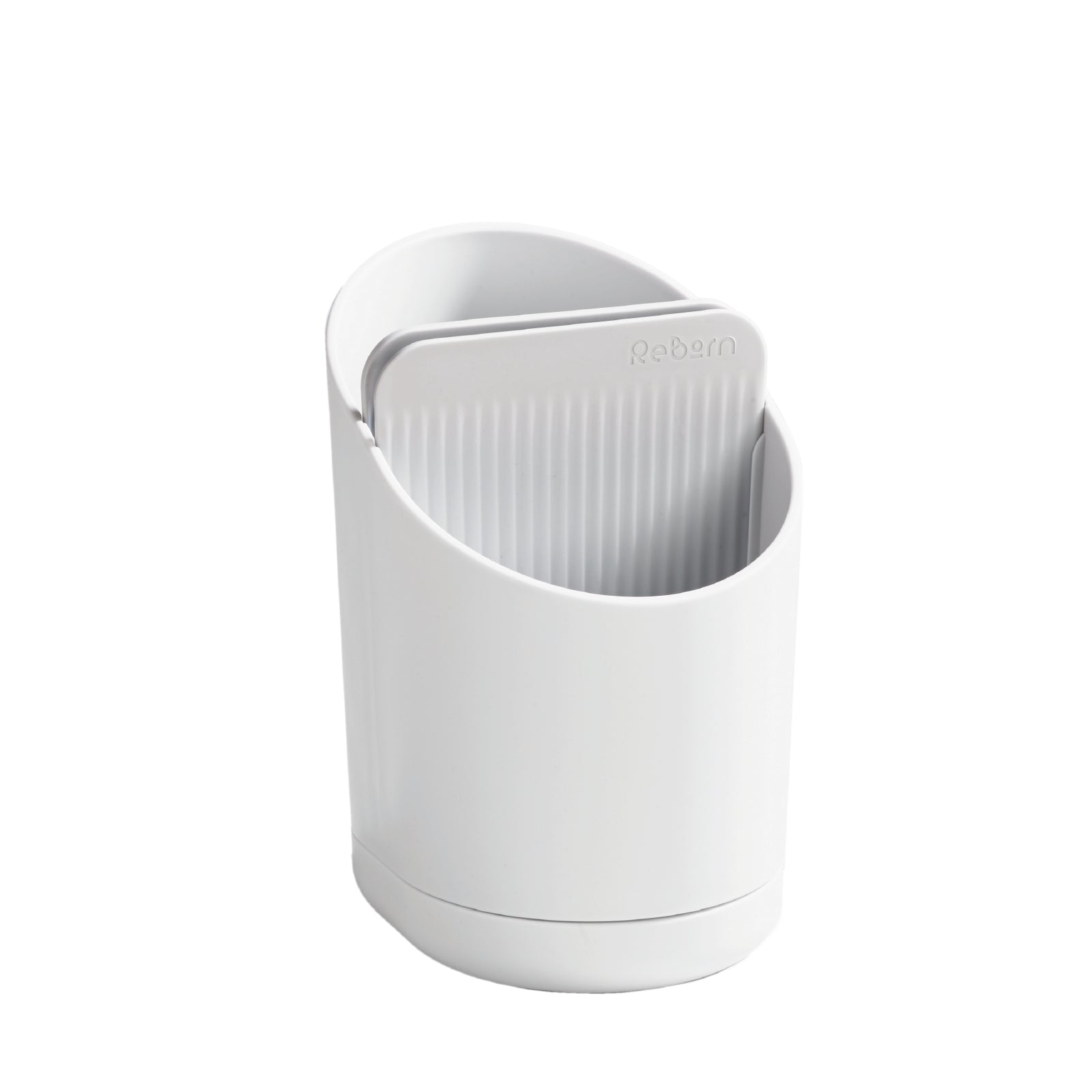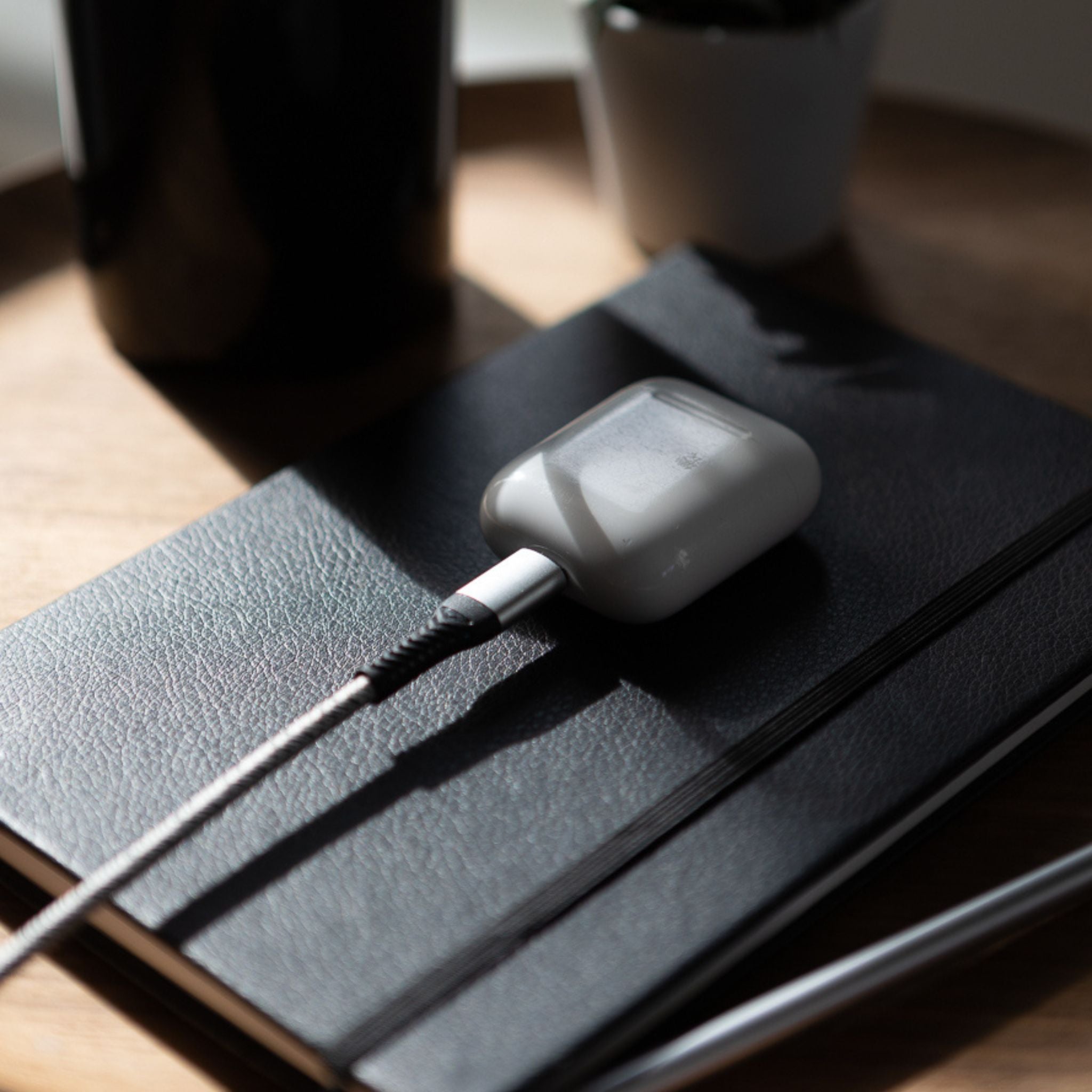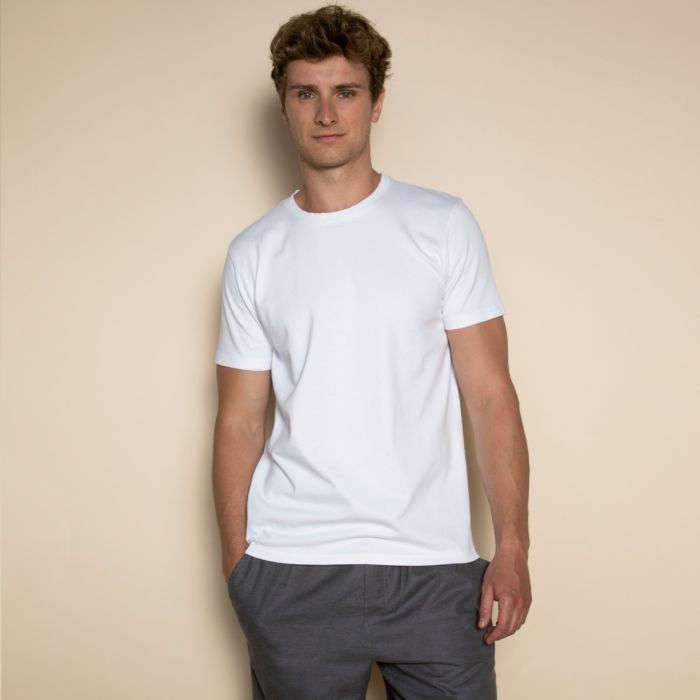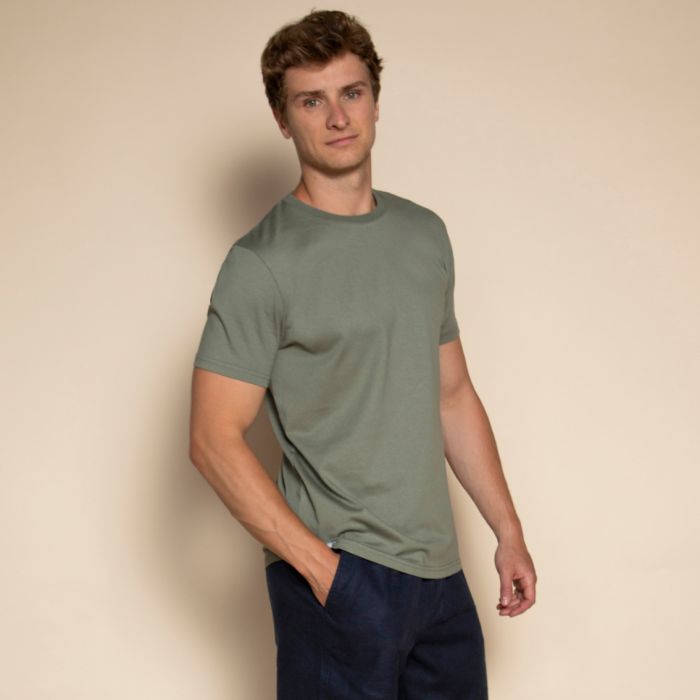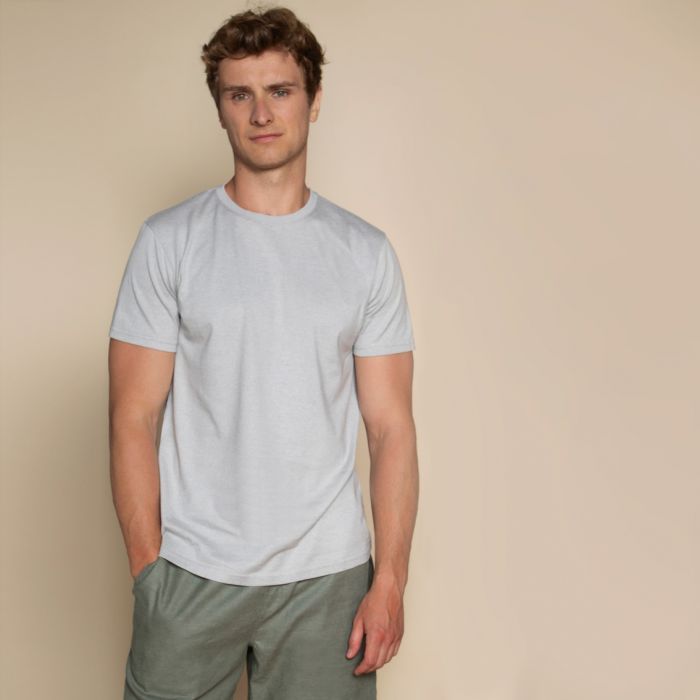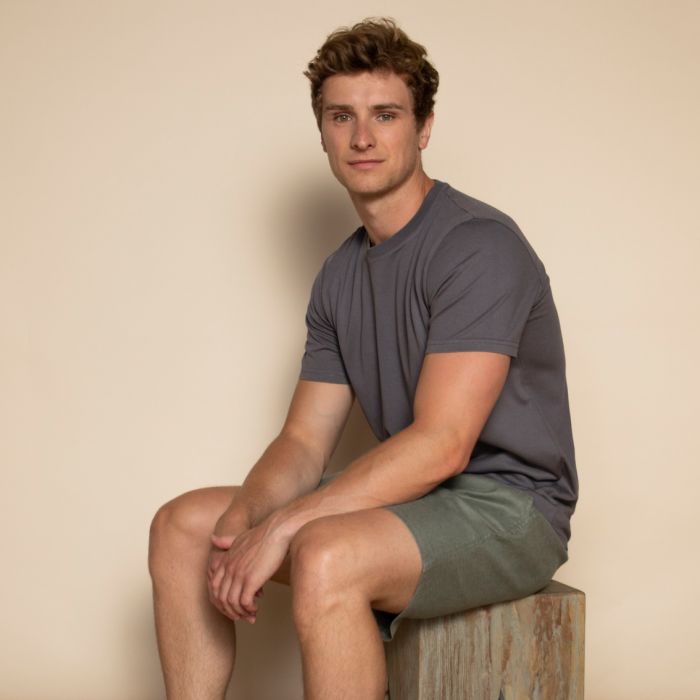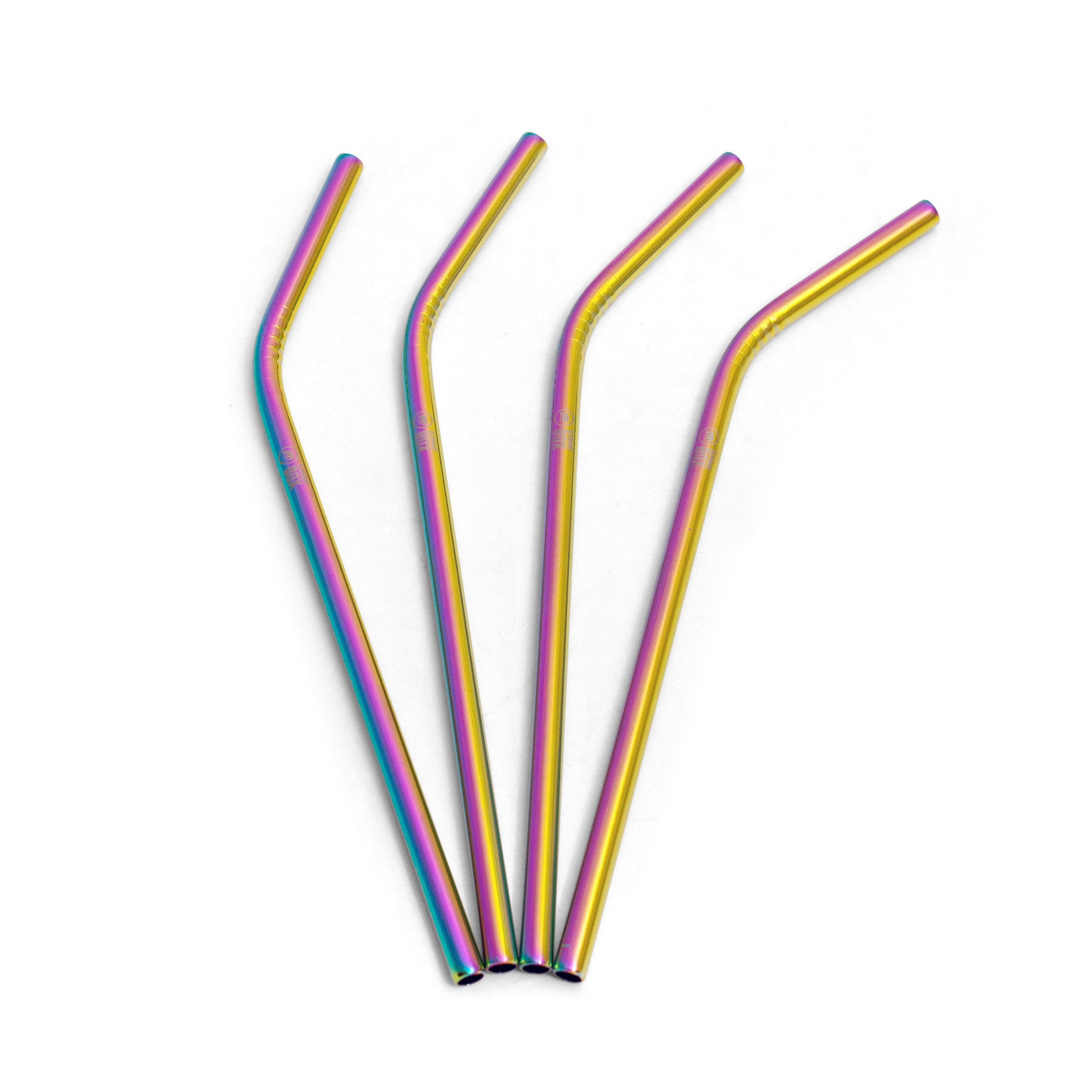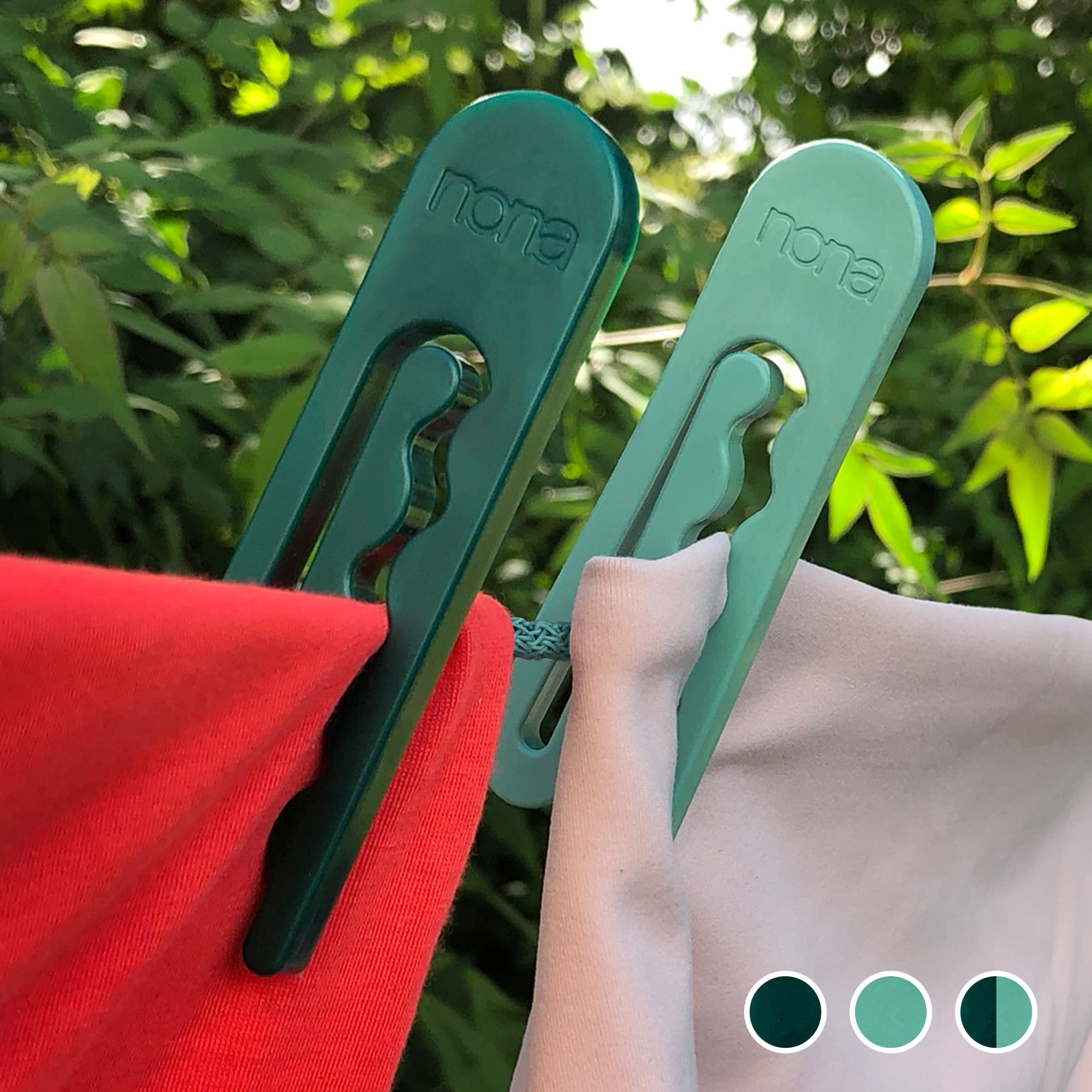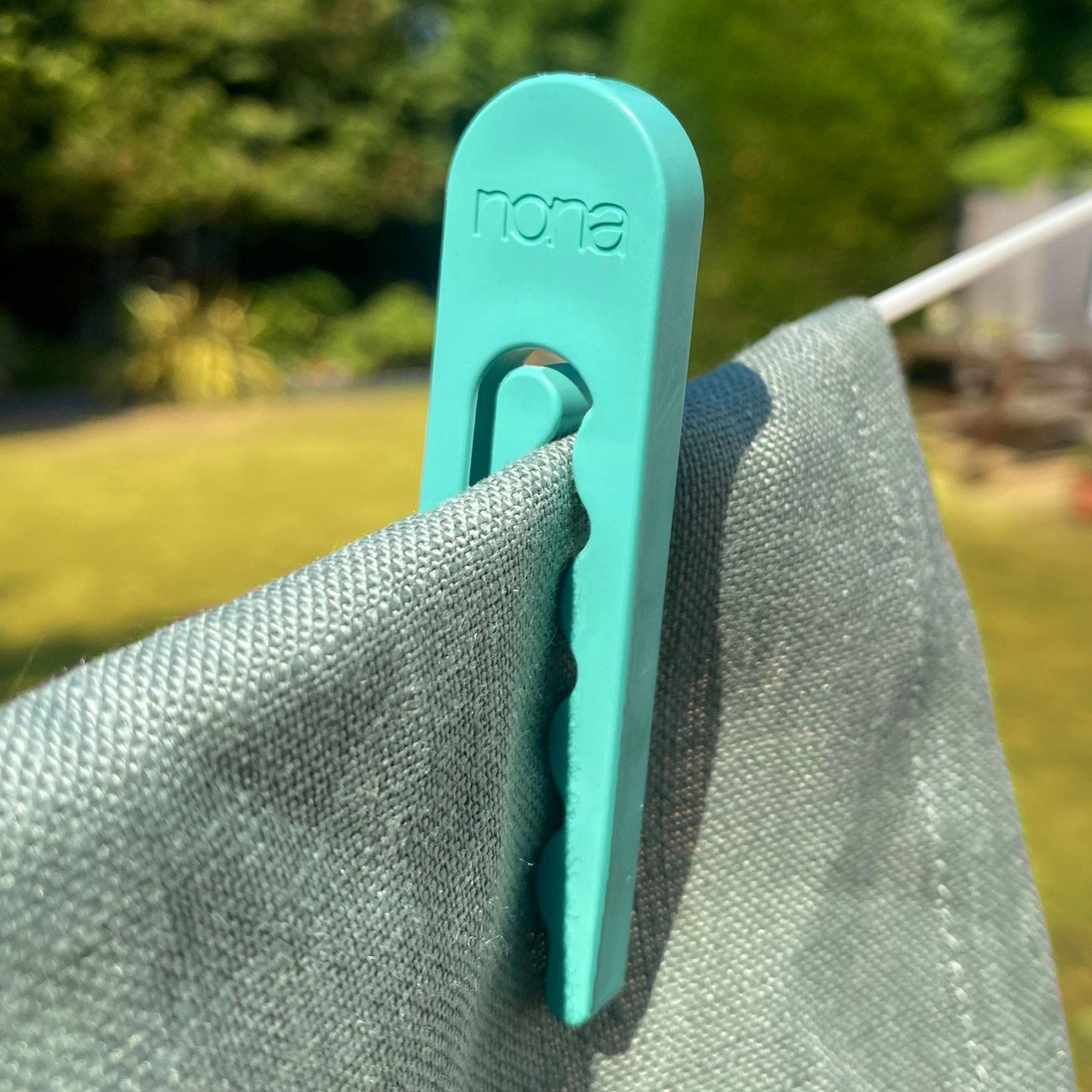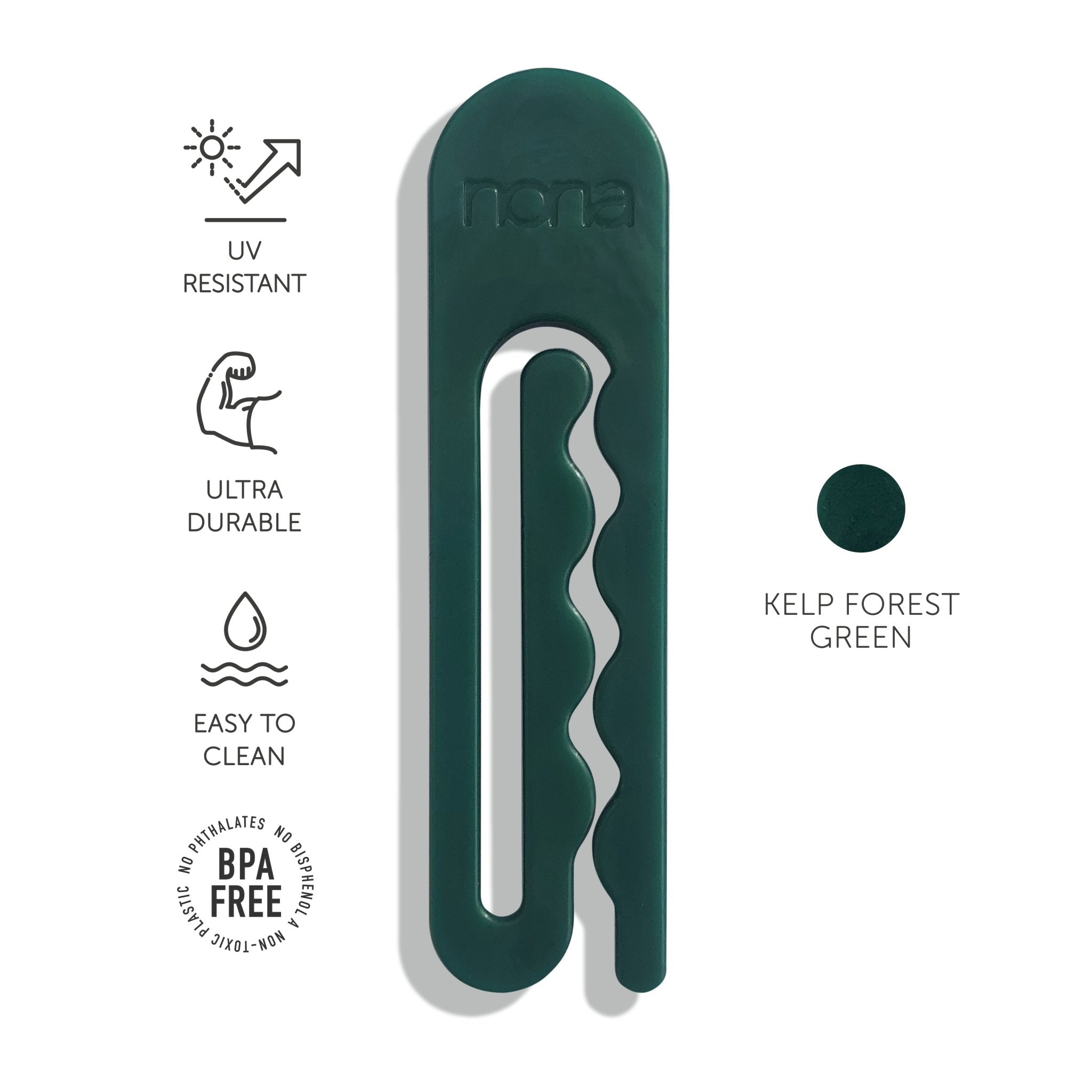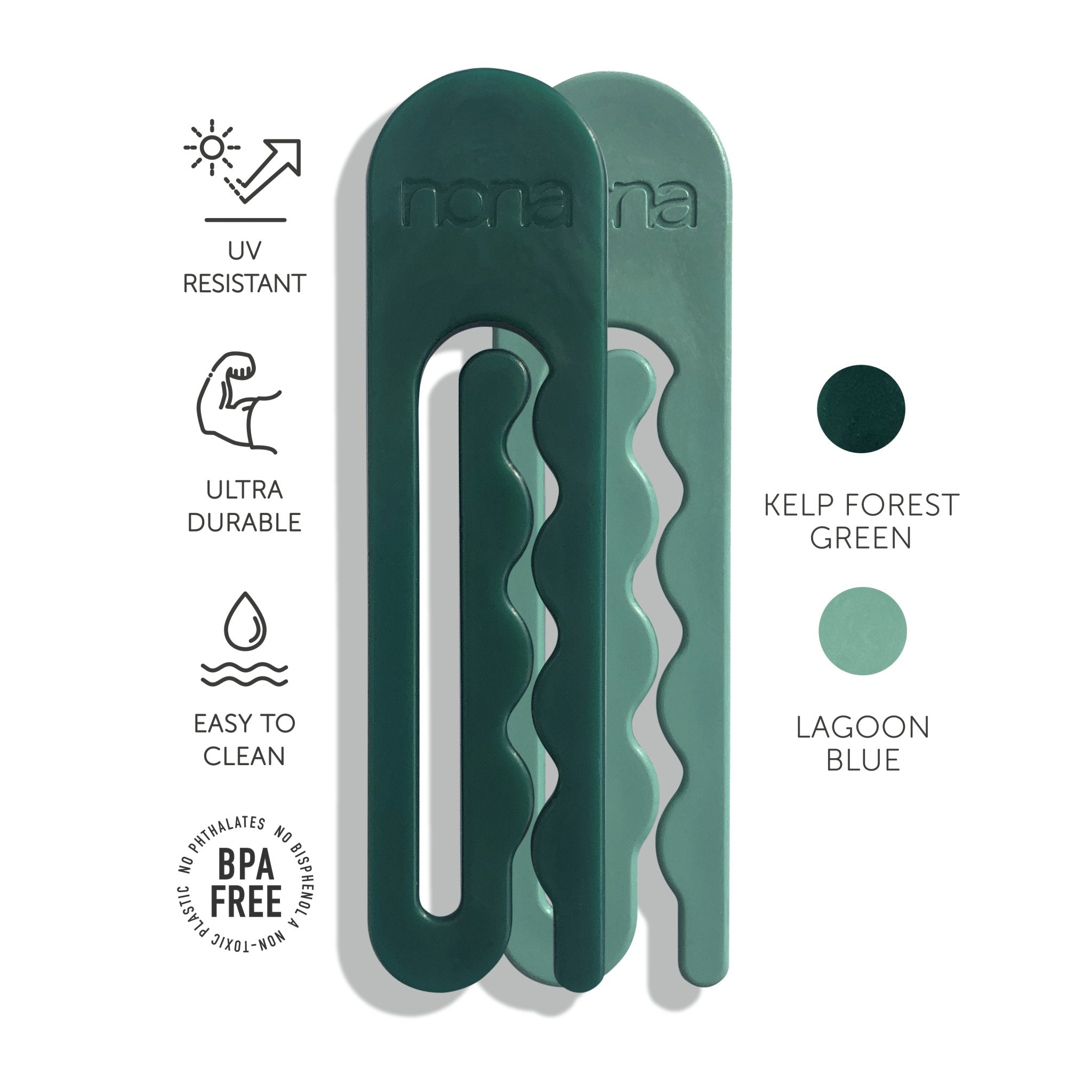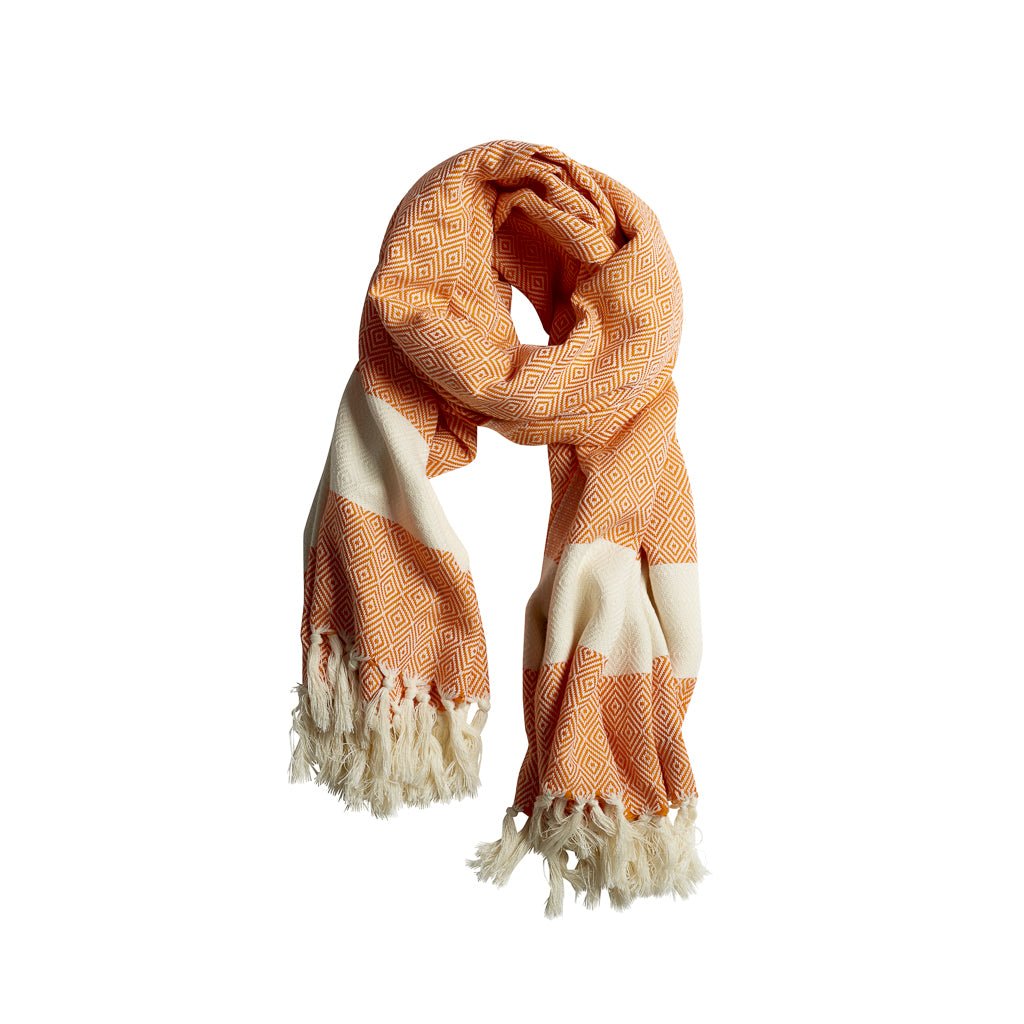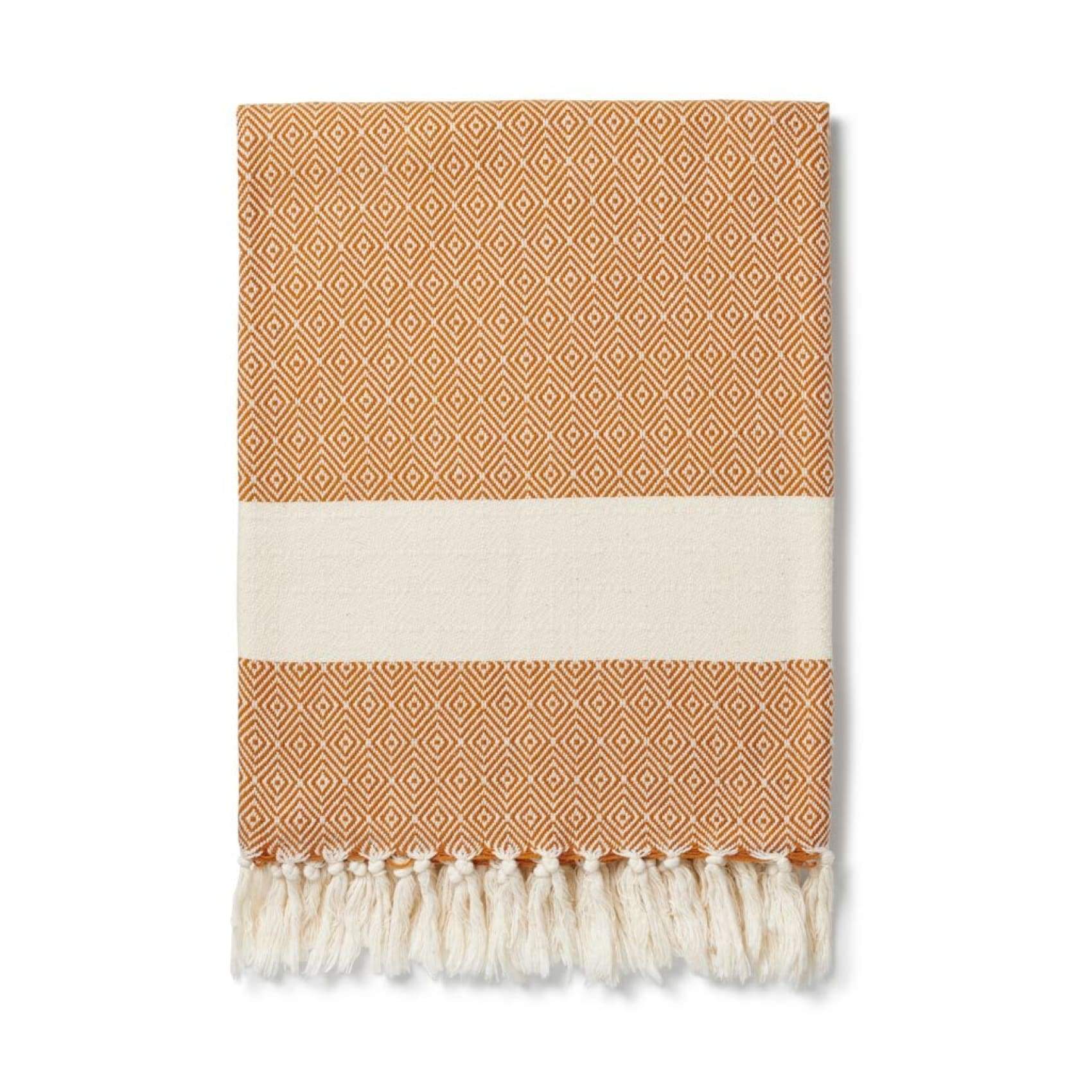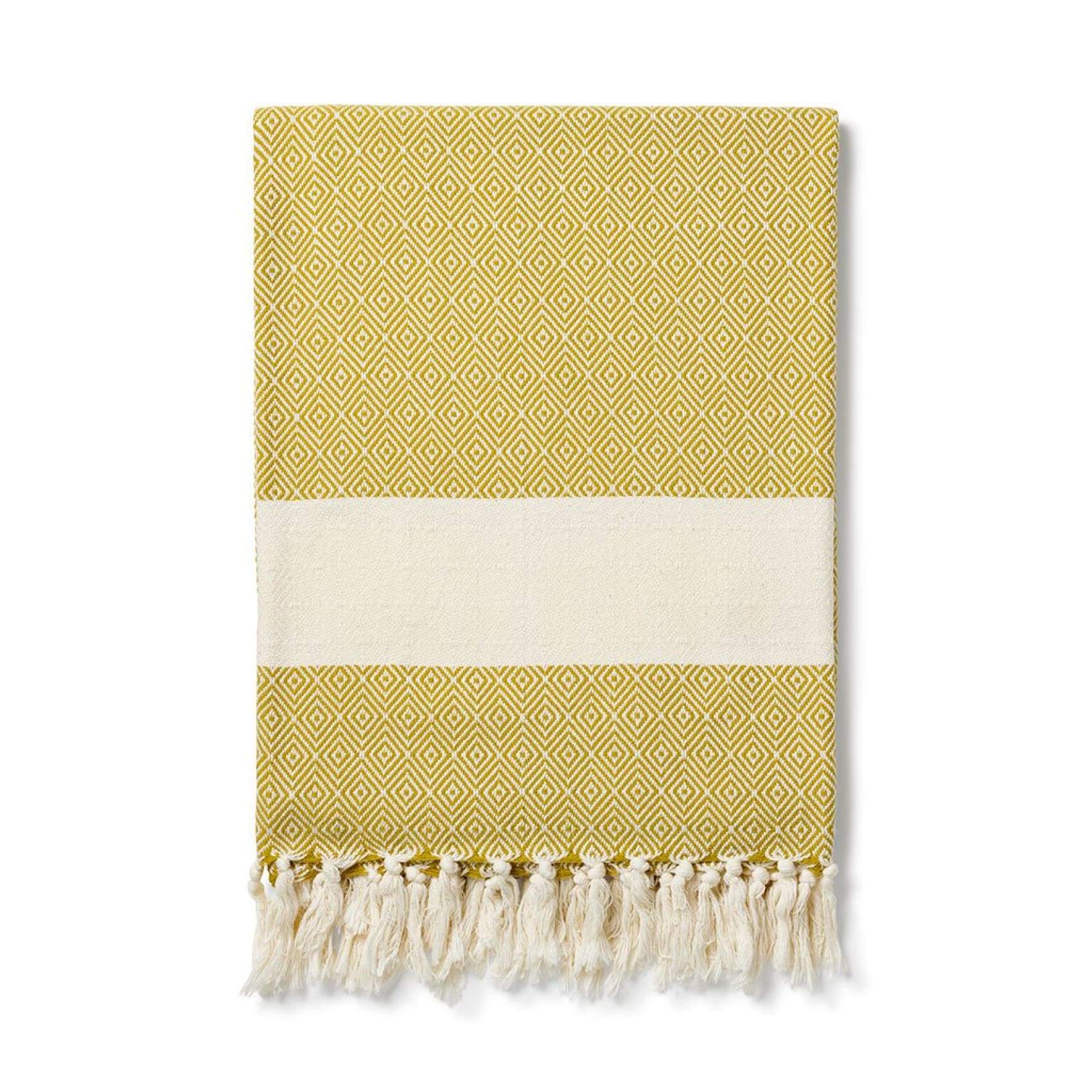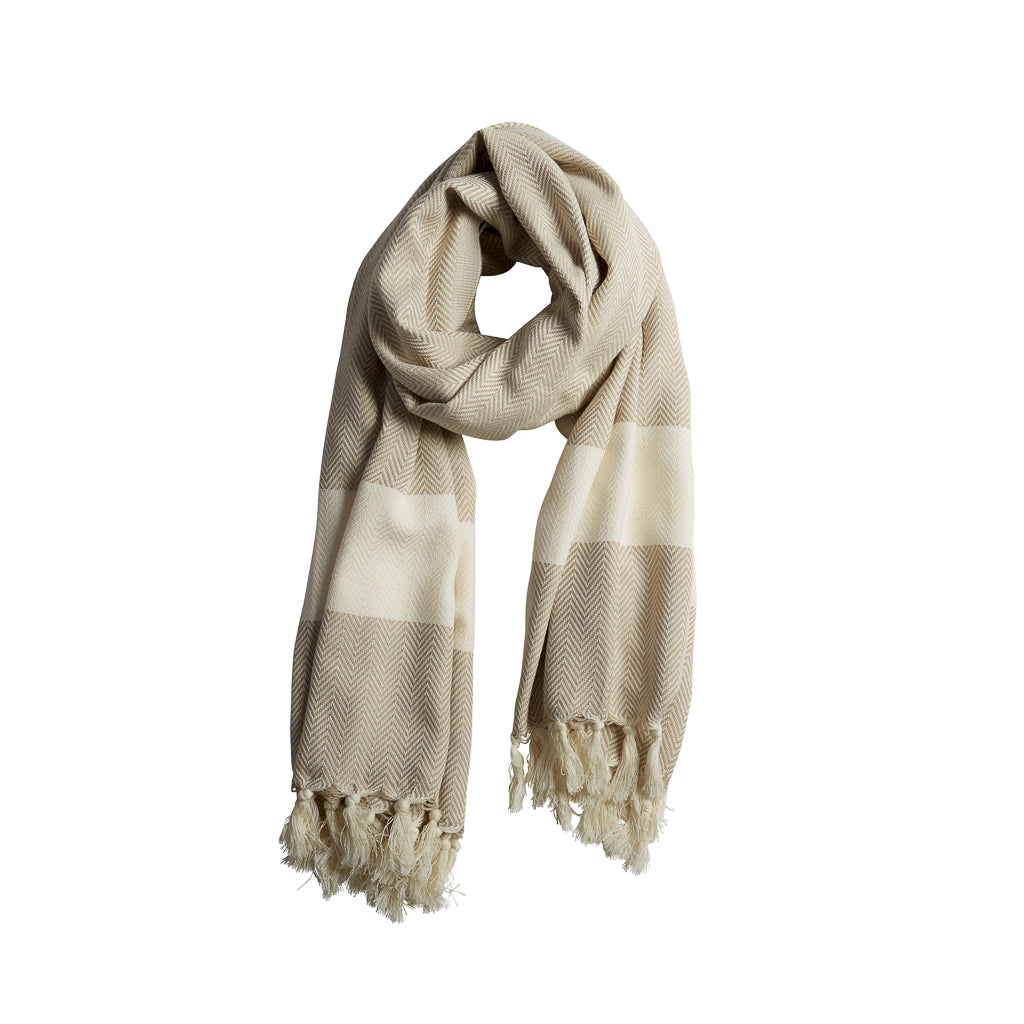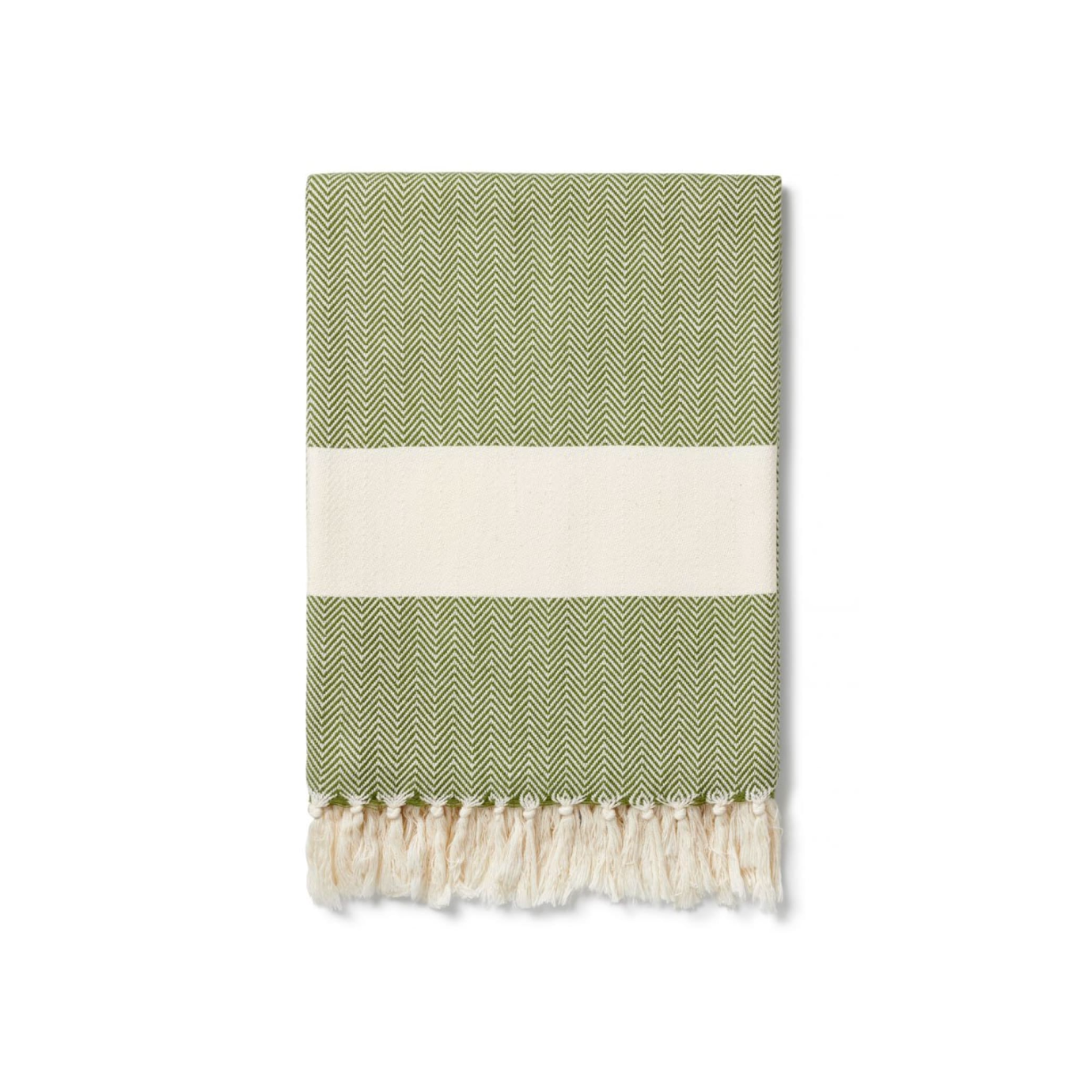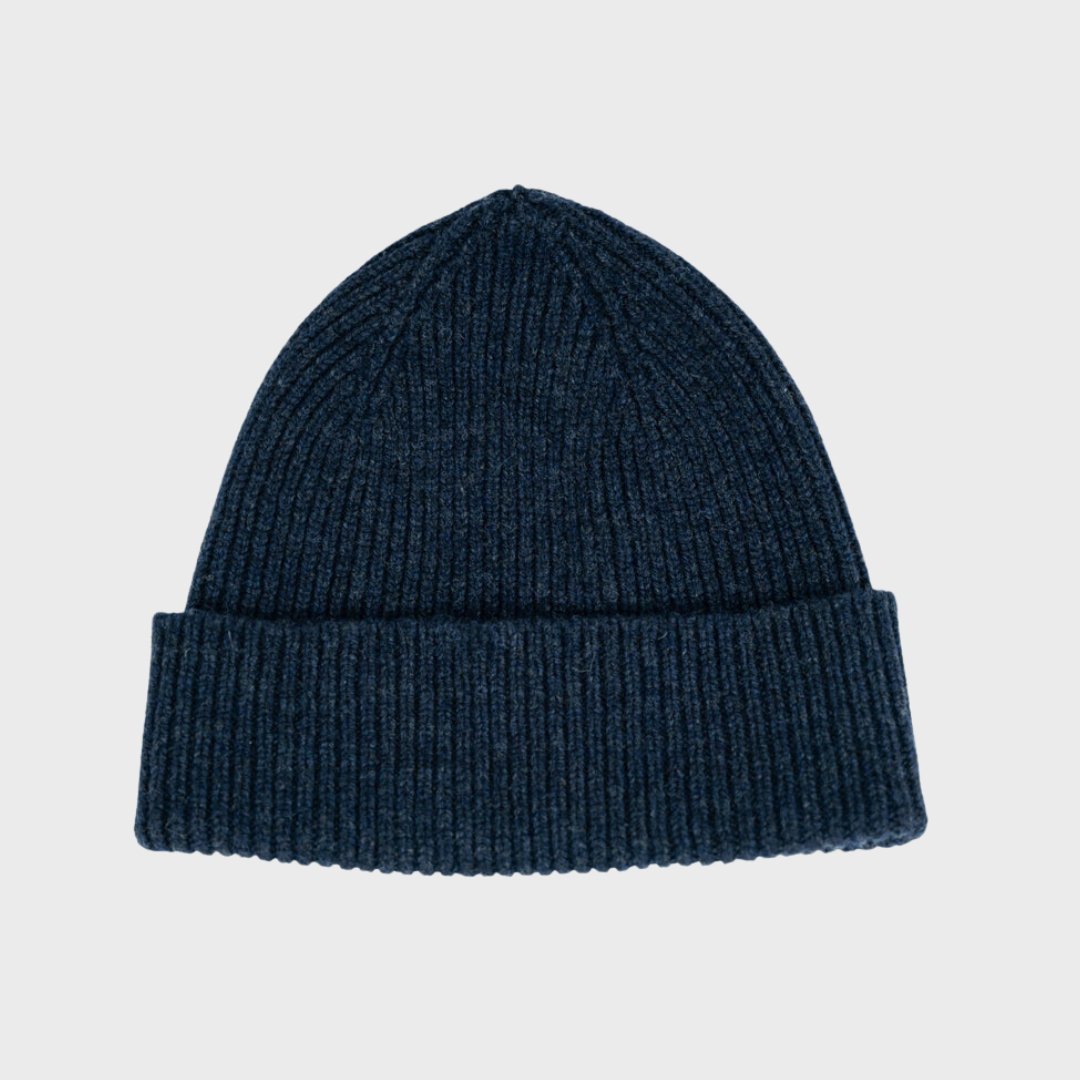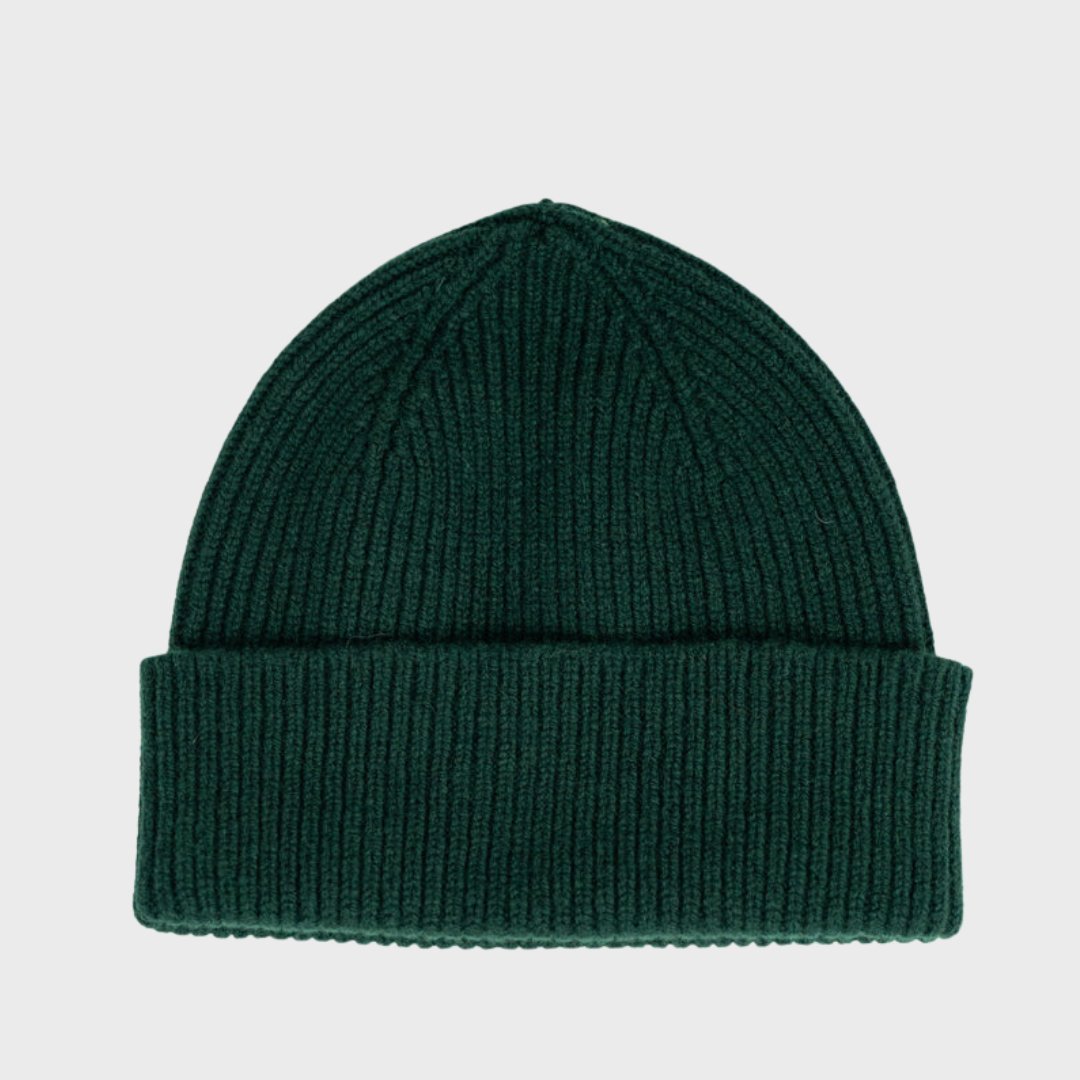Women's Hats, Gloves & Scarves
Women’s hats, gloves and scarves that are built to last. Each piece is picked for its practical warmth, dependable feel and understated style. You’ll find soft knits, well-cut shapes and hardwearing materials that age gently, not quickly. No shouting, no fads. Just proper winter accessories that do their job well - and keep doing it, year after year.
FAQs: Women's Hats, Gloves & Scarves
How do I choose a winter hat that suits my face shape?
To choose a winter hat that suits your face shape, look for balance and comfort. A winter hat with structure suits round faces, while long faces benefit from wider brims or slouchy designs. Square faces look great in rounded or asymmetric styles. The real trick? Try a few on and see what flatters you in the mirror. Hats made from wool or lined cotton offer lasting warmth without itchiness.
What are the warmest types of scarves for freezing weather?
The warmest scarves for freezing weather are large, thick, and made from insulating natural fibres like merino wool, lambswool, or cashmere. These materials trap heat while staying soft and breathable. Chunky knits or double-layered woven wraps cover more of your neck and chest, shielding you from the coldest gusts. With a durable weave and solid stitching, a good scarf can last for many winters to come.
How should I wear a winter hat with long or curly hair?
To wear a winter hat with long or curly hair, pick one with a bit of give - like a slouchy beanie or beret. These styles sit nicely without squashing volume or dragging on curls. You can tuck your hair in for warmth or let it flow for balance. A soft inner lining is a real bonus, helping to reduce static and frizz. Avoid tight fits that lead to helmet hair (we've all been there).
Which winter accessories are truly buy-it-for-life?
Winter accessories that are truly buy-it-for-life are made from tough natural materials like wool, cashmere, and leather, with quality stitching and timeless designs. Look for items with lifetime guarantees or services like re-lining or repairs - Johnstons, for example, offers free re-darning for life. Good clues? Traditional manufacturing methods, small-batch production, and strong seams. Our durability research guide breaks it down further.
How can I properly care for wool hats and scarves?
To properly care for wool hats and scarves, hand wash them in cool water with a gentle wool detergent. Rinse carefully, press out water (don’t wring), then lay flat on a towel to dry. Avoid hanging or using the tumble dryer, which can distort the shape. A quick once-over with a wool comb banishes pilling. Store flat with cedar or lavender to fend off moths. With a touch of care, they’ll last yonks.
Are bucket hats suitable for cold winter weather?
Bucket hats can be suitable for cold winter weather if made from warm and dense fabrics like wool, fleece, or lined corduroy. While not designed for polar expeditions, a thick bucket hat can keep your head cosy and protected from sharp winds. Brimmed designs even deflect sleet or light snow. Just steer clear of thin cotton or summer-weight versions - they’re not quite up to the job.
What is the difference between a trapper hat and an ushanka?
The difference between a trapper hat and an ushanka is mostly in style and heritage. Both are warm, flap-eared hats built for extreme cold. Trapper hats often feature canvas or leather shells with faux fur linings and come from North American hunting traditions. Ushankas, rooted in Russian design, are usually all-fur or wool and have flaps that tie at the chin or crown. Choose one in quality materials and either could outlast your central heating.

